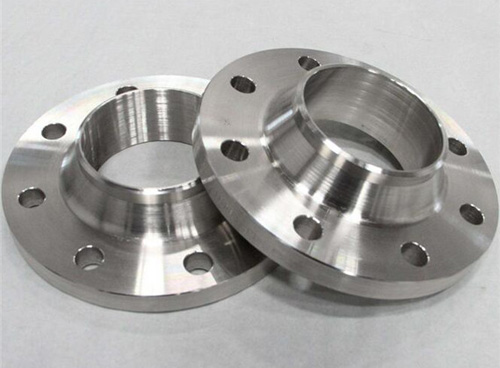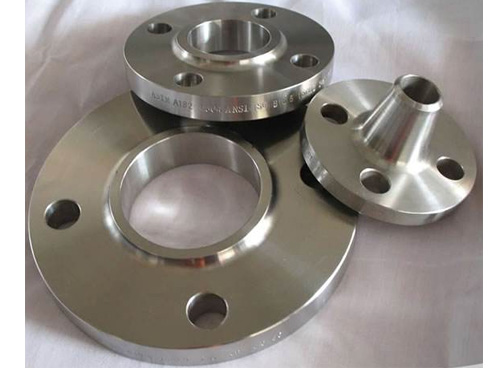For video surveillance, image clarity is undoubtedly the most critical feature. The clearer the image, the more obvious the details, the better the viewing experience, and the higher the accuracy of application services such as intelligence. Therefore, image clarity is the eternal pursuit of video surveillance. However, as a high-definition video, the file size of a few G to tens of G, such a large video file, and the emergence of a flood of water, not only for storage capacity, read and write performance, reliability, etc. have put forward higher requirements.
First, security monitoring storage technology features
The birth of network monitoring solves the problem of traditional monitoring effects, changes the traditional connection method, is simpler and more convenient, but at the same time derives more storage requirements and higher bandwidth satisfaction.
The storage devices used in video surveillance systems have different characteristics from other types of systems in terms of data read and write. Video surveillance systems generally have many features such as multiple monitoring points (multiple cameras), large video data streams, long storage time, and 24 hours of continuous uninterrupted operation. In the video surveillance application, the video stream is mainly written. The specific features are as follows:
1. Video data is written to or played back from the storage device by streaming media, which is different from traditional file reading and writing.
2. Multiple channels of video are written to the same storage device at the same time for a long time, requiring the storage system to work stably for a long time.
3. Real-time multi-channel video writing requires the storage system to have high bandwidth and constant.
4. The capacity demand is huge, the storage expansion performance is high, and the faulty equipment can be replaced online or expanded.
5. The performance requirements of storage devices are very high when multiple channels are concurrently read and written.
Second, the top ten monitoring storage technology inventory
When people mention security networked applications, most of them think of network surveillance cameras. In fact, the composition of the monitoring system is not limited to front-end products. If there is no back-end storage device, then huge image data can only become a "cloud." There are 10 major technologies related to network storage:
(1) NAS system
Network attached storage systems, file storage and access all need to go through the LAN, and also add additional storage through Fibre Channel or SCSI-based switches.
(2) NAS gateway
A diskless file server that uses a SAN storage array to provide expanded storage capacity.
(3) SAN architecture
Multiple servers in the network are connected to a central disk repository consisting of one or more storage arrays, greatly improving system management and data backup.
(4) Cloud storage
Through clustering applications, grid technologies, or distributed file systems, a large number of different types of storage devices in the network work together through application software to jointly provide data storage and service access functions.
(5) HBA
A pluggable card that connects the host computer to a network/storage device and supports multiple storage network protocols.
(6) IP storage
The IP protocol is used to connect to a remote SAN. In a Fibre Channel SAN, the IP protocol is used to send FC frames in IP packets. For non-Fibre Channel SANs, the iSCSI protocol is used to convert SCSI data into IP packets.
(7) RAID
Independent redundant disk arrays that require multiple disks for improved performance and fault redundancy.
(eight) LANfree backup
Back up data to a storage array, tape library, or other storage device without going through a LAN or WAN network.
(9) Fibre Channel
Data requests are transferred from the server to the disk array, and Fibre Channel switches in the SAN are used to connect the server to the storage array.
(10) Block level storage
When reading files from disk/writing files to disk, block-level access ensures that network users do not have to manage data, allowing network administrators to specify where data is stored to resolve performance issues.
Forged Flange
There are many different types of Forged flanges, such as weld neck flange, Plate Flange , Slip On Flange, Blind Flange , Socket Weld Flange, Threaded Flange, spectacle flange (sometimes it is called figure-8 blind flange), lap joint flange and so on.
Main materials are carbon steel, alloy steel and stainless steel. For carbon steel, ASTM A105 & A105N are required by most project.304/304L,316/316L,321,etc belong to stainless Steel Flange . The sealing face of forged flanges in common use is raised face(RF), flat face(FF) and ring type joint(RTJ). As one of largest flange suppliers in China, we commit ourselves to providing best quality and delivery time.


Forged Flange
Pipe Flange,Pipe Flange Types,Steel Flange,High Pressure Steel Flange
CANGZHOU HENGJIA PIPELINE CO.,LTD , https://www.hj-pipeline.com

